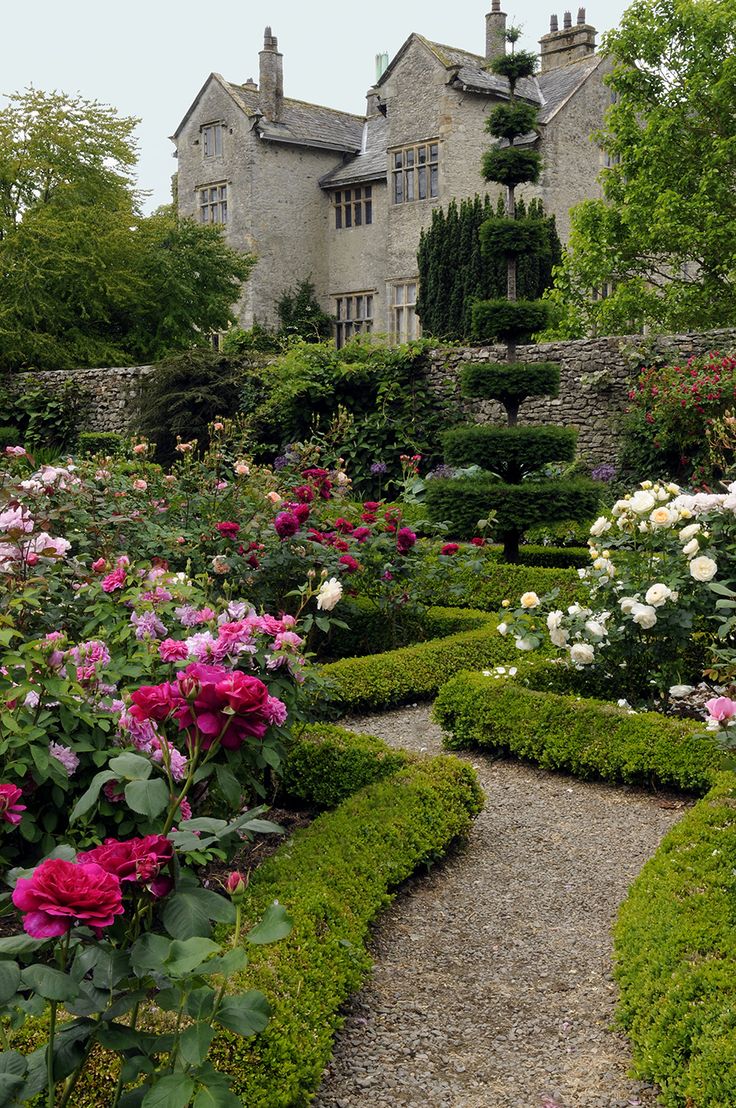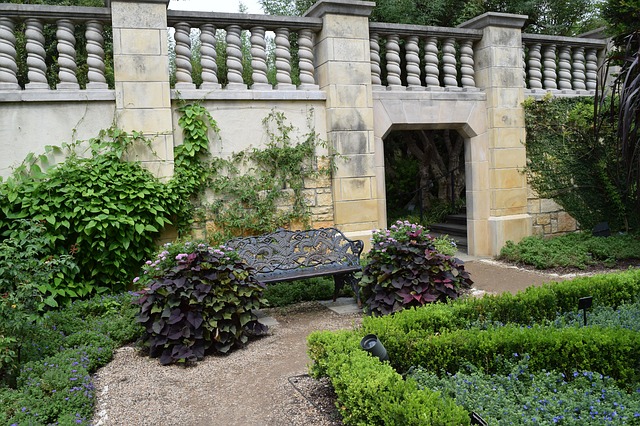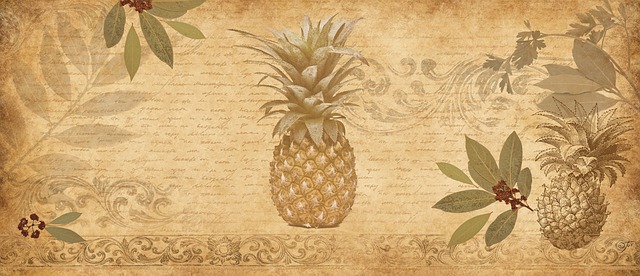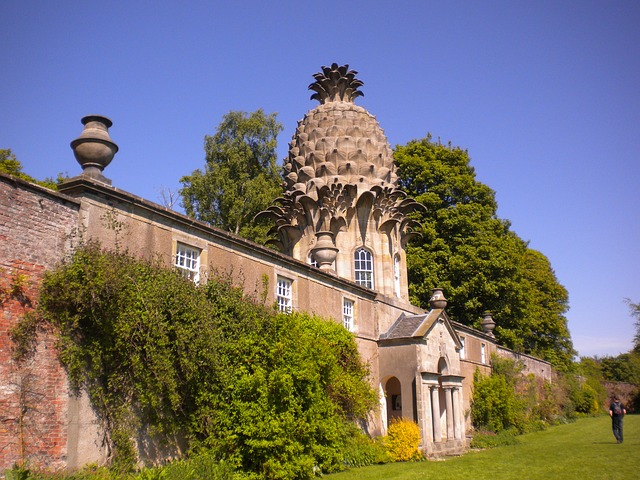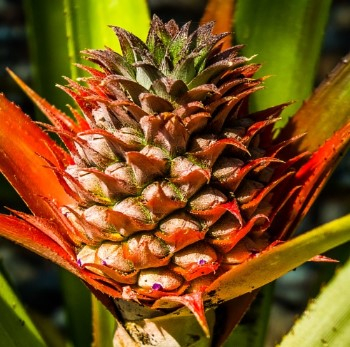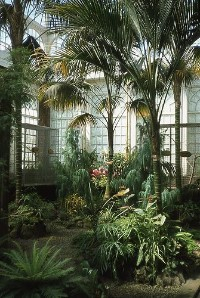Two little girls in long gowns and ruffled bonnets danced with their grandmother to the music of the Old Time Fiddlers of Port Alberni. They squealed with delight and tried to follow the puzzling steps, big smiles on their faces. They had come to the family dance, the first event of the Jane Austen Festival. Rosemary, a talented instructor guided us all through the English country dances. With her generous praise and clear instructions everyone felt they could do it.

The next morning, at the Glenwood Centre, the Guinness World Record count was held to determine how many people were dressed in Regency attire. The record is held by Bath, England, at 409. Sadly our numbers stopped at 286 but people-watching was fascinating. This year more men in top hats, vests and knee high boots made the count. The ladies, whose empire waist gowns and bonnets, are easier to assemble, always outnumber the men.

The highlight of the festival was the candlelit Masquerade Ball on Saturday evening. It began with the Grand March so that everyone could admire the exquisite costumes. Satins, lace, long white gloves, fans and jewelled masks abounded. A live orchestra of dedicated musicians performed period music for the dancing. Rosemary again cued the evening, the movements a little more complex than the night before, but never beyond anyone’s abilities. One piece dated from the early 1800’s and we were assured that Jane Austen herself had danced it.

To put up your hair, wear a long gown and curtsey to your partner as he bows gracefully before you, is a magical moment which carries you back in time and is priceless for an author who writes historical romances…



